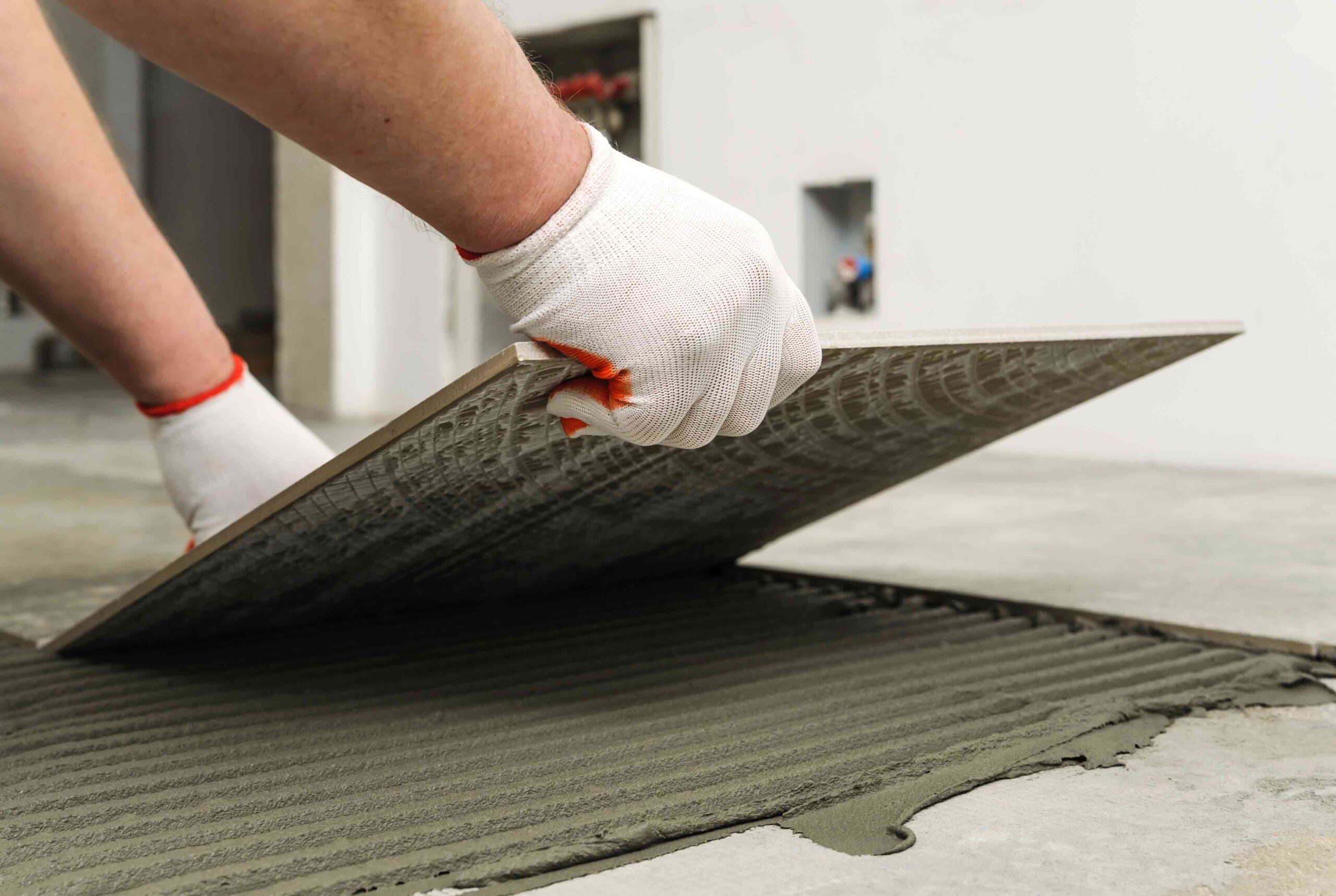Your Relied On Companion for Tile Installation Austin and Beyond
Your Relied On Companion for Tile Installation Austin and Beyond
Blog Article
Discover the Keys to Perfect Ceramic Tile Installment Each Time
Grasping the art of ceramic tile installation includes a collection of exact actions and strategies that, when performed correctly, can result in a seamless and sleek finish. By understanding the keys behind each step, you can make certain that your tile installation not only meets yet surpasses your assumptions.
Proper Surface Area Preparation
Efficient tile installation hinges significantly on precise surface area prep work to make certain a remarkable outcome. The surface area needs to be tidy, completely dry, and structurally sound to protect against future issues such as loosened tiles or cracked grout.
To assure correct attachment, it is recommended to roughen smooth surface areas via sanding or scarifying. Furthermore, using a primer can enhance bonding in between the substratum and the tile adhesive. Uneven surface areas need to be leveled utilizing a self-leveling substance to stop lippage and make sure a smooth coating.
Moreover, looking for potential resources of wetness is crucial, as excess wetness can lead to mold growth and damage the ceramic tiles with time. Using a dampness obstacle or waterproofing membrane layer in damp locations like shower rooms or cooking areas is essential to secure the ceramic tiles from water damage. By meticulously preparing the surface area before floor tile installation, one can produce a visually appealing and resilient tiled area that will certainly stand the test of time.

Picking the Right Adhesive
Selecting the ideal adhesive is an essential step in guaranteeing the successful installment of ceramic tiles. The type of adhesive you choose will certainly rely on various factors such as the sort of ceramic tile, the substrate product, and the place of the setup. There are different kinds of adhesives available in the market, consisting of thin-set mortar, mastic, and epoxy.

Epoxy adhesives are incredibly long lasting and water-resistant, making them ideal for locations susceptible to moisture such as shower rooms or kitchens. They are also ideal for setting up glass or steel ceramic tiles. When choosing a glue, see to it to comply with the supplier's suggestions and consider the specific needs of your ceramic tile installment task.
Precision Reducing Techniques
Making use of specific cutting techniques is vital for achieving smooth and accurate floor tile installments. Among the most typical devices utilized for precision cutting in tile setup is the ceramic tile cutter. Ceramic tile cutters been available in various kinds, consisting of hands-on floor tile cutters, electrical damp saws, and portable floor tile cutters. Hand-operated floor tile cutters appropriate for straight cuts on ceramic and porcelain tiles, offering tidy and exact sides. Electric wet saws, on the various other hand, are perfect for reducing more challenging materials like stone and thicker ceramic tiles with accuracy and simplicity. Handheld floor tile cutters use transportability and convenience for smaller sized cutting tasks or complex cuts.
Additionally, making use of a tile nipper enables comprehensive cuts and forming around obstacles or uneven forms. Damp tile saws geared up with diamond blades are excellent for making curved cuts, intermediaries for components, or detailed layouts. In addition, making use of devices like tile scribes or glass cutters can aid in racking up and breaking ceramic tiles with precision. By understanding these precision cutting strategies, floor tile installers can guarantee an expert coating and an aesthetically enticing result in their tile jobs.

Grout Application Tips
When transitioning from accuracy reducing strategies to grout application in floor tile setup, interest to detail and technique is extremely Home Page important for accomplishing a perfect finish. Cement offers not only as a practical aspect that fills up the spaces in between ceramic tiles but additionally plays a substantial role in the total visual of the setup.
As soon as the cement is applied, utilize a moist sponge to clean up the tiles, making sure not to remove grout from the joints. Complying with these grout application pointers will result in a skillfully installed tile surface that enhances the beauty of any type of room.
Finishing Touches and Maintenance
To complete the tile installation project efficiently, interest to detail during the ending up touches and normal upkeep is essential. After the cement has actually dried out and the floor tiles are securely in area, the final actions involve ensuring that all sides are effectively secured.
Routine maintenance is key to maintaining the appeal and functionality of your tiled surfaces. A straightforward routine of sweeping or vacuuming followed by mopping with a gentle cleanser can help maintain your tiles looking excellent (tile installation austin). For areas that are often exposed to moisture, such as cooking areas or washrooms, regular resealing of cement lines is recommended to stop mold and mildew and mildew growth
Conclusion
In verdict, attaining ideal floor tile installment each time needs focus to detail and appropriate strategies. By concentrating on surface area prep work, choosing the appropriate adhesive, utilizing precision reducing techniques, using grout meticulously, and do with interest to information, you can guarantee a professional-looking result. Keep in mind to follow these steps and maintain your tiles on a regular basis to extend their life expectancy and this contact form maintain them looking their best.
One of the most usual tools used for precision cutting in tile installation is the tile cutter. Tile cutters come in numerous types, including hands-on tile cutters, electrical damp saws, and portable tile cutters. Manual floor tile cutters are ideal for straight cuts on ceramic and porcelain link ceramic tiles, offering precise and tidy sides. Furthermore, making use of devices like floor tile scribes or glass cutters can help in racking up and snapping tiles with accuracy. By understanding these accuracy reducing methods, tile installers can make certain a professional surface and a visually enticing outcome in their ceramic tile projects.
Report this page